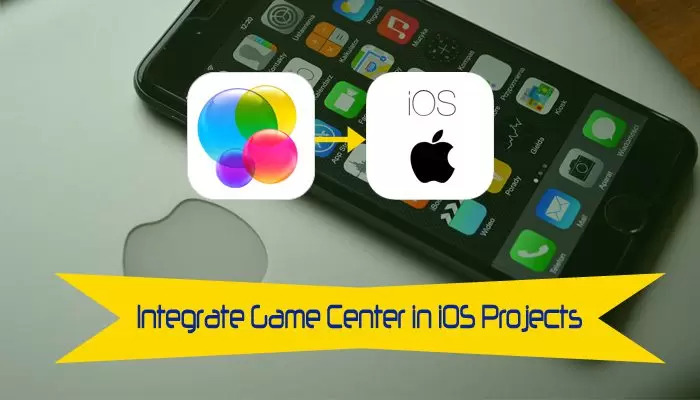
Every new product goes through a strict sequence of stages starting from the initial launch/introduction of the product in the market to growth, gradual maturity and subsequent decline. This life stage of the product is termed as Product Life Cycle and its length is highly defined by market trends, product type, product quality and other factors. Product life cycle or PLC of every product impacts its marketing mix and strategy. Further, sale, demand and marketing strategies applied to the product vary on its exact stage in PLC. Each stage can be extended or shortened according to the requirements of the business.
Also Read – 6 Social Media Management Hacks to Boost Your Productivity
Social media, just like other things is a product, and attaches a PLC to it. If you remember the Yahoo Chatroom, then you already know that once they were a hit, but today, they cease to exist due to various reasons including new products (Facebook messenger, WhatsApp, Gtalk, etc), changing demands/trends, spamming and inappropriate usage. Similar has been the fate of MySpace and we can also comfortably say that someday, even Facebook will be a thing of the past. The length of each stage in social media, as already said, depends on how the owners/developers keep up with the change and continue the excitement/adoption by bringing in new technologies and service offerings.
Any social platform will go through four different stages in a PLC. Marketers have and can adopt different strategies to exploit the market conditions fully in each. Here the biggest question for social media marketer is; how to utilize this information to get most out of different social media website?
Here’s explaining each stage and tips on utilizing this information to promote your brand over respective social media websites.
Stage 1: Introduction
Google + was started by Google after receiving an invitation to participate in a “badge of honor” group that was available only to a select few. Pinterest, the popular photo bookmarking website was also initially started as an invite-only platform. The perception of exclusivity was what led to early adoption of the product/platforms and subsequently in faster growth and recognition instead of being commercial.
New websites are constantly being launched by most of them fail to make a mark due to lack of relevant marketing and user experience. Even in case of Facebook, it was launched in 2004 but limited to a select user base till 2005 – 2006 (Except some countries) until the owner had enough market feedback to extend it for people across the globe.
So in this stage: For social media marketers, one should participate in early stage of the launch and understand the opportunities. One should atleast give initial attention and keeps their eye on the growth of website. If you start participation at early stage, your brand will also get advantage of early adaption and grow social media website. Shoutout your brand on various social media channels before 2 or 3 months of launching. Grab the attention of target audience by organizing online contest or free give aways. Social Media is still not the best platform for marketing but it helps in mouth to mouth advertising once you achieve certain level of online audiences.

Above Statista chart shows how different marketers use social media for branding or marketing their products. B2B & B2C marketers mostly prefers Facebook as their marketing platform because they can easily grab their target audience. Micro blogging site Twitter and professional marketing platform LinkedIn are also very effective platform for marketers. Video marketing has been always on high when it comes to launch major products online because this is the 2nd biggest search engine in the world.
Stage 2: Growth

This would be better referred to as the “I am hearing a lot about this” stage. A social platform grows when people begin to talk about it everywhere. It may be your friends, co-workers, kids or fellow traveller who would give you the happening news. An eagerness and curiosity drives more and more users to experience the “talked-about” product/service and as a result, an overall growth takes place.
Growth means now product/service has reached adequate mass and it is ready for commercial purpose to generate more profit. Other marketers prefer to advertise their product on those social media which are having increasing or high mass. Being a advertiser you must get benefits from this growing audiences and should heavily promote your products and brand. Most of the brands spend their social media marketing budget to websites which are in Growth stage. Advertisements are immune system of any brand so do some paid advertising on certain social media platforms like Facebook & Twitter.
In the growth stage, several changes ensure that the users always find something new to talk about and spread the news. Facebook said to be in the growing stage as it introduces newer elements regularly.
Stage 3: Maturity

This is when everyone who possible could have experienced the product and aren’t getting anything new out of it. Maturity is the stage of constancy when owners fail to come up with any new element in the product line. The maturity stage depends upon the flexibility of the product and newer launches in the market. Instagram for instance has a limited service offering as compared to Facebook and it can be quite expected that Instagram will reach its maturity earlier than Facebook. The growth stage needs to be constantly postponed with new offerings, adding new features to users if they are to remain in the market for a longer time. Once your brand became successful then give attention to customer’s online feedback and that is the best maturity level for any online brand to maintain stability in the market.
For marketer, they should decline the spending and divert their budget on social media websites which are in Introduction or Growth stage. If you are getting good ROI from the website, you should keep promoting there but rather than relying on single website, you should start searching for alternative.
Stage 4: Decline
As we all knows that, the expectation of users will always increasing and will demands more and more. When social media websites failed to satisfy users need then service consumption may decline. This is the stage where existing users are quitting their registrations instead joining the network.
Yahoo Chat, Orkut, Classmates.com and MySpace are good examples to understand this stage. Once a product is fully mature, there is little that marketers can do to finally experience the decline stage. Social media marketers should stay away from the websites which are in decline stage and start diverting their budget in finding platform which are in Introduction stage.
Conclusion:
Creativity and research is the key to enabling any social platform go through a long PLC. The wise social media markers must keep their eyes on PLC of the social platform. This information can help you to better understand the performance of platform and can help you to strategize your future social media marketing endeavors. Do you know about PLC status of different social media platform operating today? The answers will always lead you to a better strategy.
Contact Form Popup
Get in touch with us
This will close in 0 seconds

